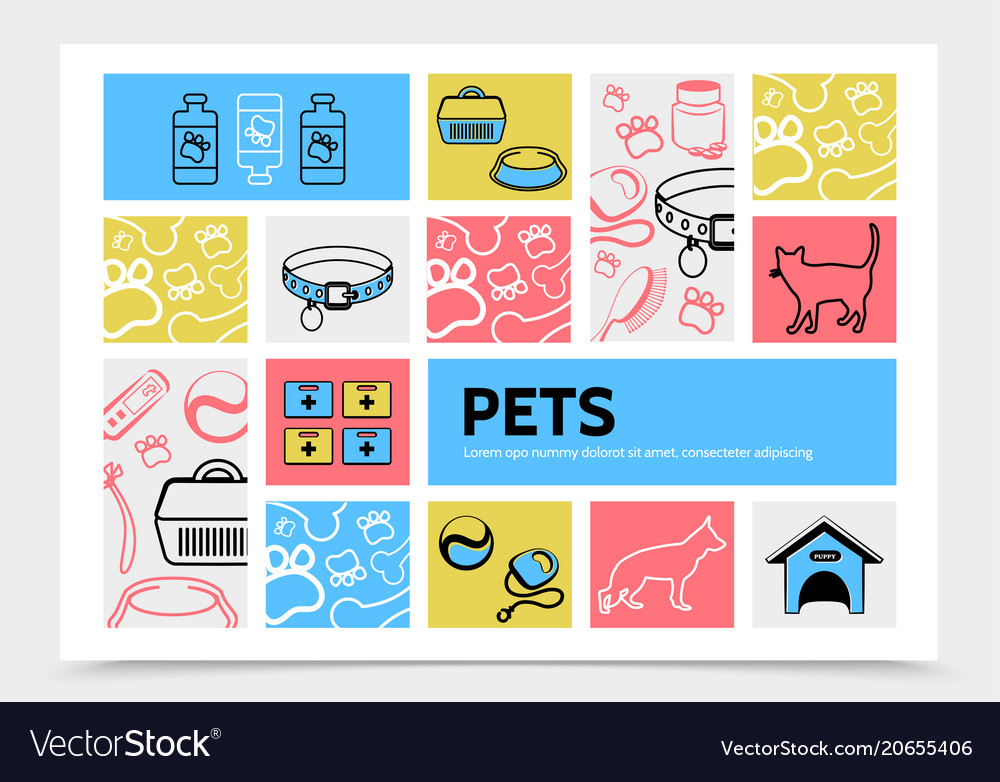Pet daycare behavior evaluation is a crucial action in ensuring the safety of your dog and the other canines that will certainly be participating in. It additionally helps the trainer understand your dog's behavior so she can help them to alter it.
A good trainer will ask you about your dog's history, consisting of just how they react to certain stimuli like individuals approaching them or loud noises. She will certainly additionally execute a chain stroll examination.
Character Examination
Every pet dog owner believes their fur-baby is wonderful, but you can not simply take the proprietors word for it. You require a proven means to review each pet dog's personality and examine whether or not it can safely participate in your daycare program. This will certainly aid you keep constant requirements and interact your acceptance policies clearly per possible consumer.
The very best technique is to utilize a standardized dog temperament examination that is carried out in a regulated atmosphere. The evaluator observes the dog in neutral, friendly, and harmful circumstances to identify their reaction. They also keep in mind just how the pet dog communicates with auditory stimuli (car horns, voices, and so on) and exactly how they walk on different surfaces (asphalt, crushed rock, sand, concrete, and so on).
If the canine exhibits aggressiveness throughout the testing process, quit the examination promptly and let the owner recognize that their canine is not appropriate for your childcare program. This will keep every person risk-free during the remainder of the evaluation and avoid an undesirable circumstance down the road.
Leash Stroll Test
The critic will certainly take hold of the pet's chain and walk them in an acquainted atmosphere. She may after that introduce distractions such as going down a chair or rolling a cage dolly past the pet. The canine ought to reveal all-natural interest in the diversions and curiosity, yet not appear startled or panic, effort to run away, or show any type of aggression or terror.
Observations were videotaped by a solitary observer making use of a covert video camera. The onlooker walked the pet dog at a general rate, following them as near to the same course on each observation, and showed up only to the dog. The pets used a basic short length chain or an extendible locked-short chain.
The research study group verified the examination by testing 111 sanctuary pet dogs, based on their behavioral reactions to the critic's presence and a selection of environmental variables. They discovered that the critic's elevation and body size, the pet dog's behavioral degree and age had no substantial effect on the level of stress on the leash.
Meet & Greet
The meet and greet is a great method to construct count on, ensure compatibility, and established the stage for a great treatment experience. It allows pet dog owners and caretakers to obtain acquainted, develop a rapport, and address any concerns or problems.
In-person meets-and-greets work best at the pet's home, caretaker's home (for boarding), or a neutral place like a pet dog park. Sitters must clean their homes in advance, prepare backyard and bedding for the pets, and bring deals with to encourage timid dogs or felines. They should also examine pet dog details, like regimens and clinical requirements, to show their preparedness.
Preserve an official approval policy that consists of an evaluation procedure, behavior and temperament attributes required to be accepted, and invalidating traits. It is very important to be honest and interact plainly when a customer's animal isn't a great suitable for your services, as this will aid maintain clients delighted boarding kennels for dogs and secure. It may even stop an adverse referral in the future.
Group Play
Pet dogs are naturally pack animals and social communication with other canines is a healthy and balanced part of their day. Nonetheless, not all dogs flourish in a group play setting. The most effective way to identify the ideal playgroup for your pet is to assess their temperament, observe exactly how they connect with people and other pet dogs, and recognize their power level. Documenting these observations with family pet treatment software like Gingr can help make sure that all personnel are aware of any modifications in actions and team dynamics.
Shy or nervous canines must be presented to new playmates slowly and provided a refuge to pull away to if they come to be overwhelmed. Dogs with high victim drive may need to be limited from teams where tiny pets exist. Some dogs enjoy rough-and-tumble play while others like mild communications. Matching play designs lowers the risk of misunderstandings and disputes throughout play.
